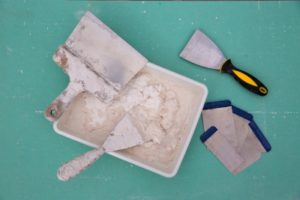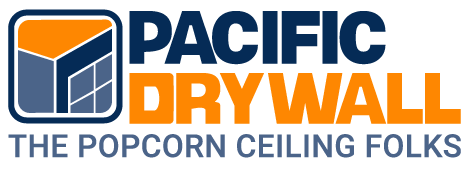An Overview of the Different Types of Drywall Textures
When choosing a type or style of drywall texture, the sky really is the limit. Textured walls can be created to suit any design need—the quality of work and the consistency of the design depends mainly on the skill of applicator. Though mostly coveted for their aesthetic value, drywall textures can also be practical. For example, a popcorn ceiling can help dampen and reflect sound, as well as hide imperfections. If you’re planning a home remodel and want to change or add texture to your or ceilings, hire an experienced professional who specializes in interior painting, and custom texturing and other drywall services near Pleasanton.
How Drywall Texture Is Applied
Two groups of drywall texturing exist: hand-applied textures and spray textures. Hand-applied textures, as the name suggests, are applied by hand using basic hand tools like trowels and brushes. Spray textures require spray machines with special sprayers to apply texture in a uniformed and nuanced manner, and cannot be effectively replicated by hand-applied methods. When choosing the right type of texturing for your walls, consider all the elements of your design such as crown molding and baseboards, and window and door styles.
Hand-Applied Textures
Drywall textures applied by hand are generally at the whim of the tradesmen who apply them, and vary depending on his or her expertise and the techniques used. Special trowels, knives, rollers, and brushes, are used to create distinct patterns in drywall mud. Popular texture styles include: Skip Trowel or Hawk and Trowel, Double-Skip, Pan and Knife, Swirl, Crows-Foot Stomp, Rosebud Stomp, and Stomp Knockdown.
Spray Textures
Drywall spray textures utilize spray machines that consist of a hopper filled with the texture material, a long hose, an air compressor, and a spray gun for distribution. Basically, drywall mud is pumped through the hose to a gun. Once the spray trigger is depressed, compressed air distributes the mud onto the designated drywall surface to create the desired texture, which is determined by the kind of material in the hopper, the size and shape of the gun’s nozzle, and the amount of compressed air used to propel the mud. Notable types of spray textures are Splatter Knockdown or French Lace, Orange Peel, and Popcorn.

